What is food drip? How to prevent it?
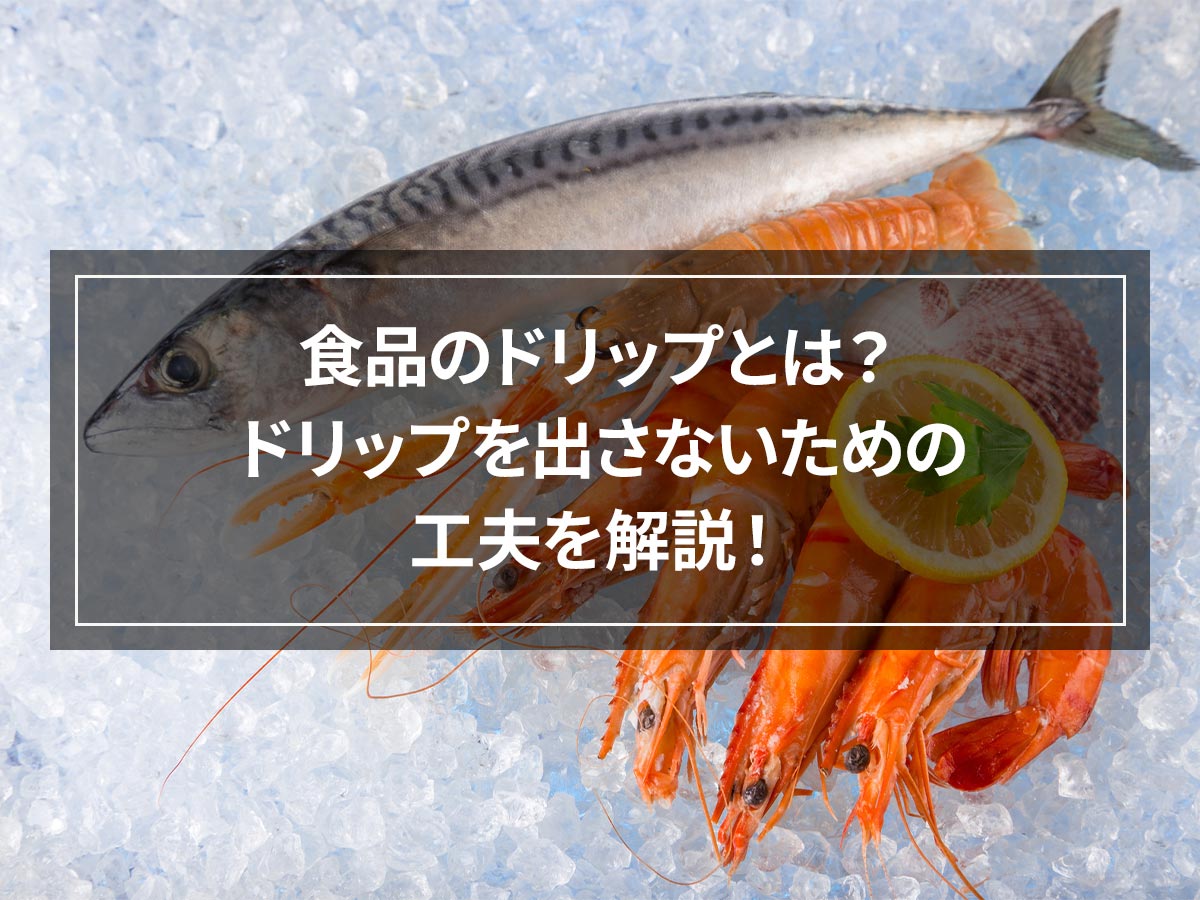
This is called drip, and it mainly contains water, protein, and umami ingredients. This is especially likely to occur after thawing frozen meat or fish.
Drips can also come from meat and fish that are kept refrigerated. Foods with drips will experience major changes in taste and nutrition, leading to quality deterioration. It is important that your store manages this as it might lead to unhappy customers and bad reviews.
But don't worry, we are here to help you as we are a website specializing in freezing and will explain the causes of drips from food. We will also explain measures to prevent drips, which can be useful for improving food quality.
If you are worried about dripping meat or fish, or want to improve your food quality, this article is for you.
目次
What is drip?

Have you ever had meat or fish left out for a long time and a liquid starts oozing out?
This is called "drip," and although it may look like blood at first glance, it is actually tissue fluid in food.
When meat and fish are stored for long periods of time, the tissues in the food are destroyed, and myoglobin, a protein found in muscles, flows out along with water.
Myoglobin contains a red pigment, which is why the drip looks red.
What happens to food when drips occur?
The main component of drip is protein, and it also contains many umami ingredients.
When drips come out of food, these ingredients flow out, causing a drop in the nutrients in the food.
Additionally, the food loses moisture, resulting in a dry texture when cooked.
Drips contain a lot of moisture and are an environment where micro-organisms can easily breed, leading to food quality deterioration.
In order to maintain the nutrition and freshness of food, it is important to avoid drip loss as much as possible.

Source: http://weekly.ascii.jp/elem/000/000/383/383526/
Many people have experienced dripping when thawing frozen meat, fish, vegetables, fruits, etc., making the food watery and lacking in flavor.
Drips may appear from frozen foods due to problems with the freezing method or thawing method.
Let's check one by one to see where the problem is.
Drip reduction by freezing
When water is frozen, it turns into ice and its volume increases by about 10%.
When food is frozen, some of the water in the food begins to freeze, forming ice core.
Water and smaller ice cubes gather around this ice core, forming large ice crystals.
Ice crystals have a larger volume than water, and ice crystals have a pointed shape.

Source: https://www.pinterest.jp/pin/371898881710686078/
These large ice crystals are responsible for crushing and destroying the cell membranes and walls of food.
This makes it easy for drips to occur when meat or fish is thawed.
Freezing method to prevent dripping
It turns out that the cause of food dripping is the size and shape of ice crystals during freezing.
So, is there a freezing method that prevents dripping?
The answer is rapid or flash freezing.
rapid or flash freezing is literally rapid freezing, which means that the resulting ice crystals are small.
Therefore, it is possible to freeze food without destroying the cells.
Since the cells are not damaged, the flavor components will stay in the food, and the amount of drips during thawing decreases.
Drip depending on thawing method
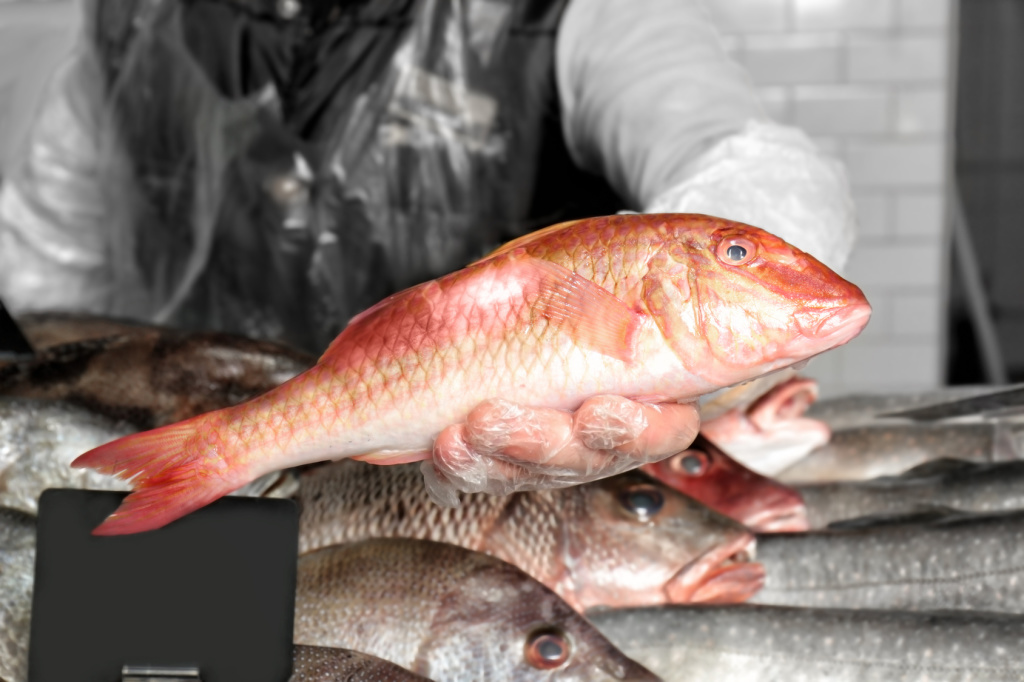
The amount of drip will also vary depending on how the food is thawed.
When defrosting food in a room or other high temperature environments, the outside will thaw quickly, but the inside will remain frozen.
Especially when thawing large items such as chunks of meat or blocks of fish, the difference in temperature between the inside and outside tends to be large, and the outside of perishable foods may become damaged before they are completely thawed.
Also, due to the difference in temperature, water tends to come out from some parts that have started to melt, resulting in a large amount of dripping.
How to thaw while preventing drips
Defrosting raw foods such as meat and fish at room temperature is something you want to avoid from a hygienic standpoint, but what are some thawing methods that can reduce the amount of drips?
When it comes to foods that are cooked before eating, it is better to cook them while they are still frozen or partially thawed than to completely thaw them, as this will prevent the nutrients and water in the food from escaping and prevent it from becoming dry.
For foods that are to be eaten without cooking, thawing them in the refrigerator or ice water can reduce the difference in temperature between the outside and the inside of the food during thawing.
Another key to maintaining freshness is to thaw the entire food at a low temperature.
Prevent drips with a thawing machine
By using a thawing machine when thawing food, you can prevent drip loss and achieve a higher quality thawing.
⇒⇒ [Evenly and high-quality thawing] Advantages and types of commercial thawing machines
DENBA uses electrostatic waves to cause water molecules in food to resonate, creating a uniform state.
This allows food to be completely thawed, resulting in less dripping and almost no change in flavor or moisture.
Additionally, since DENBA can be retrofitted, it is possible to use your existing refrigerator as a thawing machine. Denba offers high-quality thawing while saving on energy and cost.
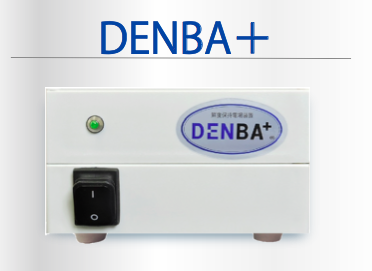
Conclusion
By preventing food dripping, you can provide high quality food.
If you are looking to improve the quality of frozen foods, improve work efficiency when defrosting foods, and improve yields, we recommend investing in a rapid or flash freezer and a thawing machine.
Reservation-only freezing comparison test

Sign up here!
Reservation form







![[Storage period increased by 30 times! ] Achieving a stable supply of raw whitebait!](https://shunkashutou.com/wp-content/uploads/2016/11/579c55e6d32e1385c250e8e7c3ed59a71.jpg)
![[Sales increased 100 times! ] rapid freezing the signature menu “Ni-katsu sandwich”!](https://shunkashutou.com/wp-content/uploads/2016/11/IMG_02391.jpg)
![[Horse sashimi] We have significantly reduced waste loss with rapid freezer!](https://shunkashutou.com/wp-content/uploads/2016/11/5fda59d0cbcdabde18e58c3c58c09ed0.jpg)




![[Storage period increased from 3 days to half a year! ] Restaurants are expanding their business using wholesale and mail order!](https://shunkashutou.com/wp-content/uploads/2018/04/66c19942ab4ba346fdb64ccc04cde373.png)
![[Reduce loss from 200 kg of oysters to zero] Improve loss and expand business with rapid freezer](https://shunkashutou.com/wp-content/uploads/2018/06/19785ca583a8d3c4041c7c192d041b0d.jpg)













![[Explanation with photos] How to freeze octopus, storage period, and 5 recipes!](https://shunkashutou.com/wp-content/uploads/2023/10/5128a2b3fa3cc254cffab87821372215.jpg)
![[Includes recommendations by industry] Summary of types and benefits of small rapid freezer](https://shunkashutou.com/wp-content/uploads/2020/12/smallsize.jpg)
![[Make frozen oysters even more delicious! ] Correct thawing method and usage recipes](https://shunkashutou.com/wp-content/uploads/2023/10/5855c6e6d6dbdb298f86405b4b522329.jpg)
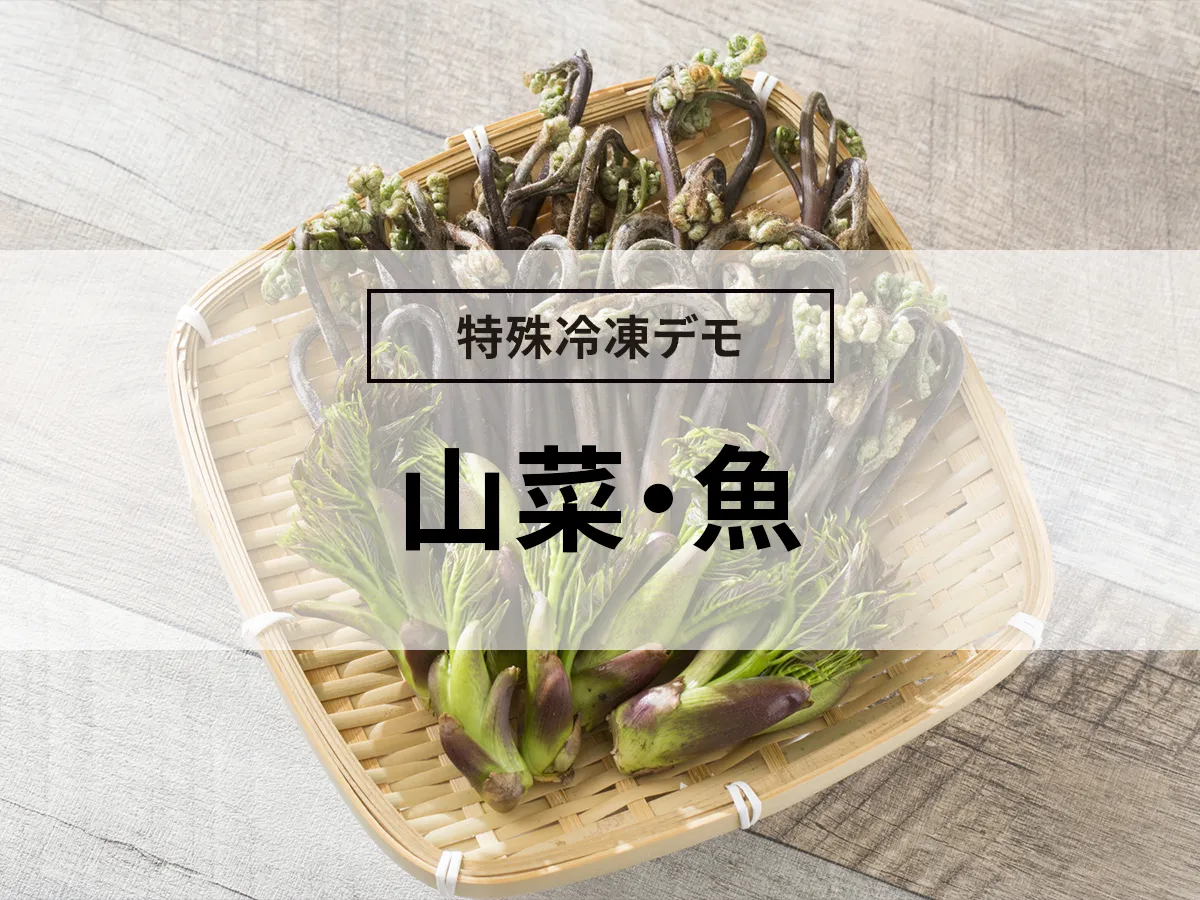
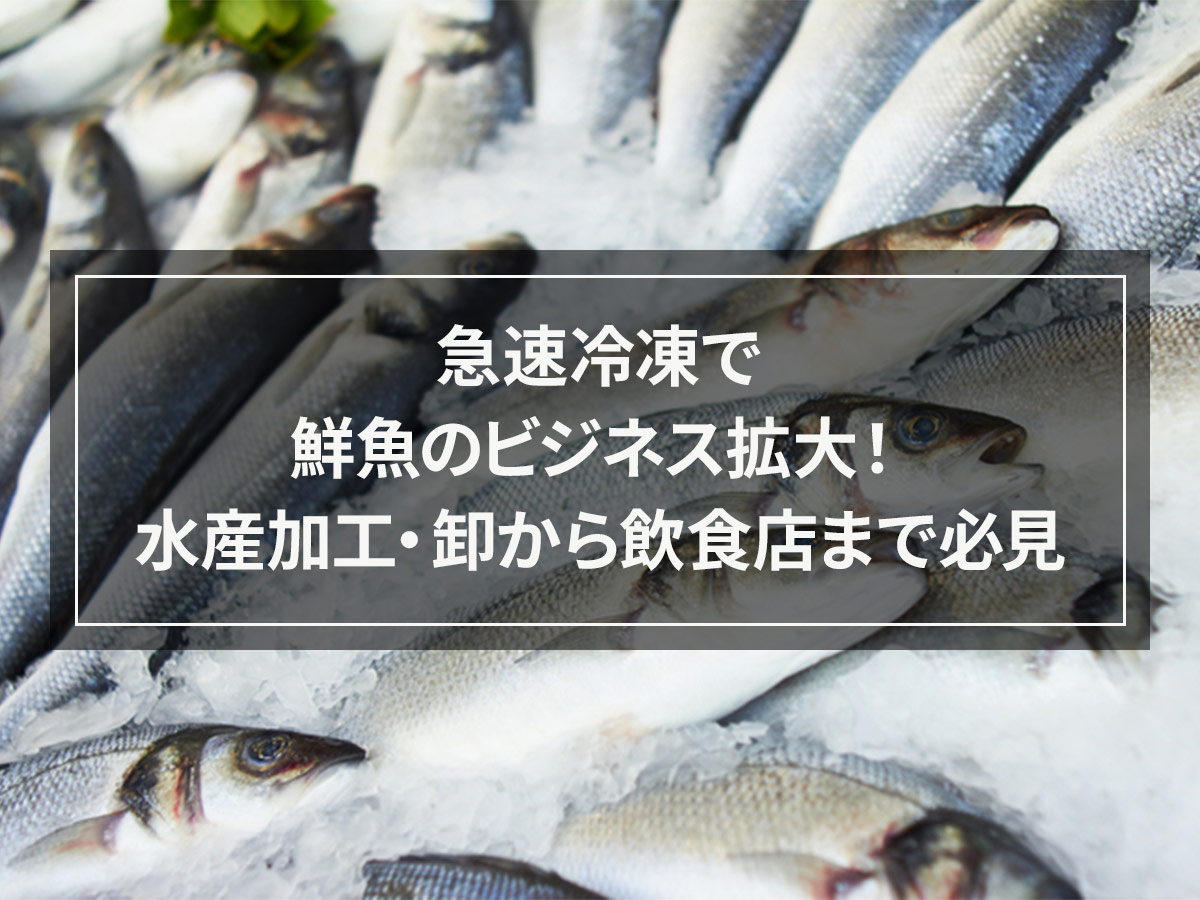
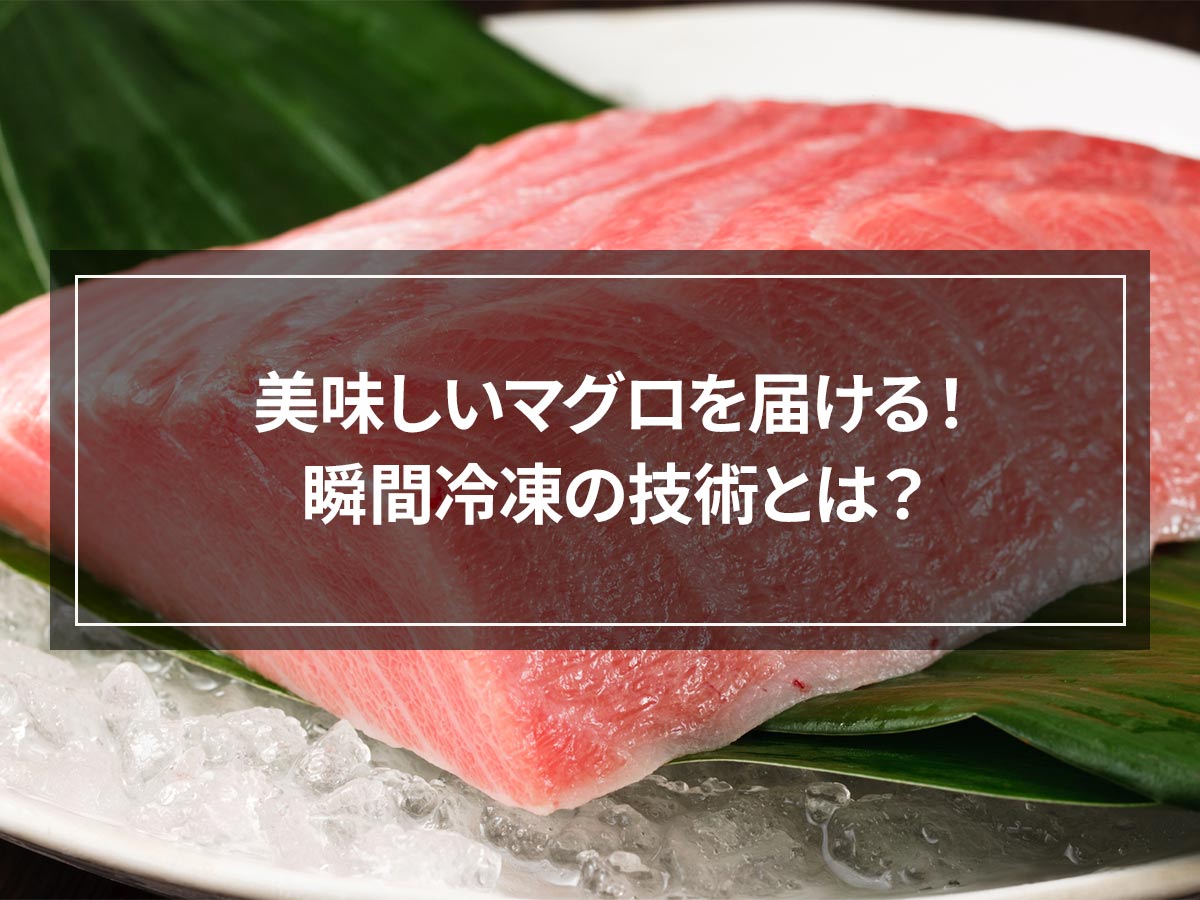
![Introducing how to freeze fried chicken and a delicious recipe [Explaining tricks and techniques]](https://shunkashutou.com/wp-content/uploads/2023/09/2d15a108b8d7de5b4811f69c9bc8b8f1.jpg)
![[Can it be frozen? ] How to freeze bacon, storage period, and 5 recipes!](https://shunkashutou.com/wp-content/uploads/2023/07/52dff5bc109cd400879fbf9bb35b3856.jpg)
![[How long does frozen fish and meat last? ] Interesting expiration dates and tips to extend the shelf life](https://shunkashutou.com/wp-content/uploads/2023/08/f124221382987fe32d0ffda6b6f497c1.jpg)
![[Thorough guide to preserving meat] Preservation methods, expiration dates, thawing methods, rapid freezing](https://shunkashutou.com/wp-content/uploads/2023/09/ec61889773cfed9c75aa97d9ca6c96dd-1.jpg)
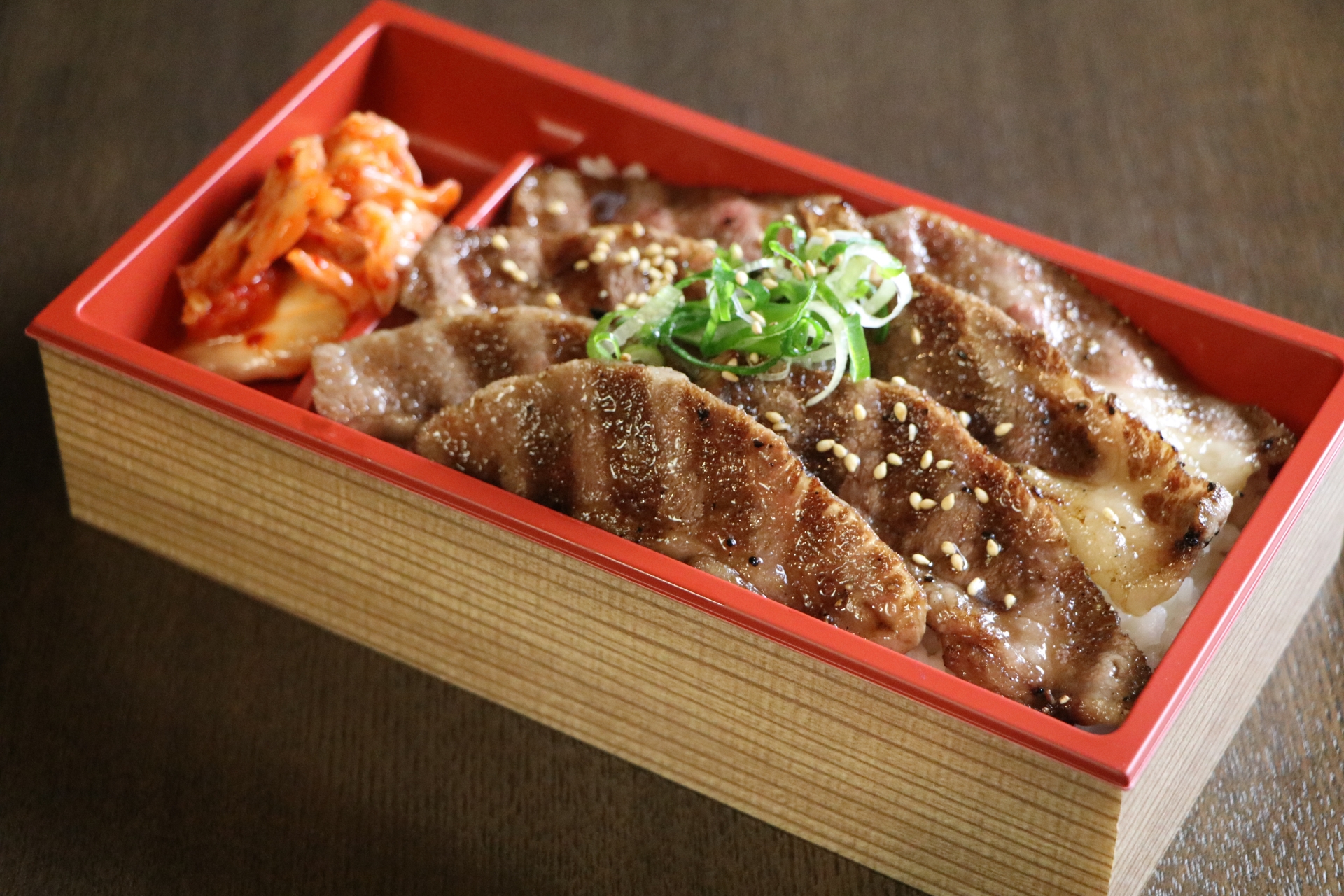
![[Various recipes] 3 tips for using frozen minced meat deliciously](https://shunkashutou.com/wp-content/uploads/2023/08/e9b2fc255393916ab79ea8b7fa0807d3.jpg)
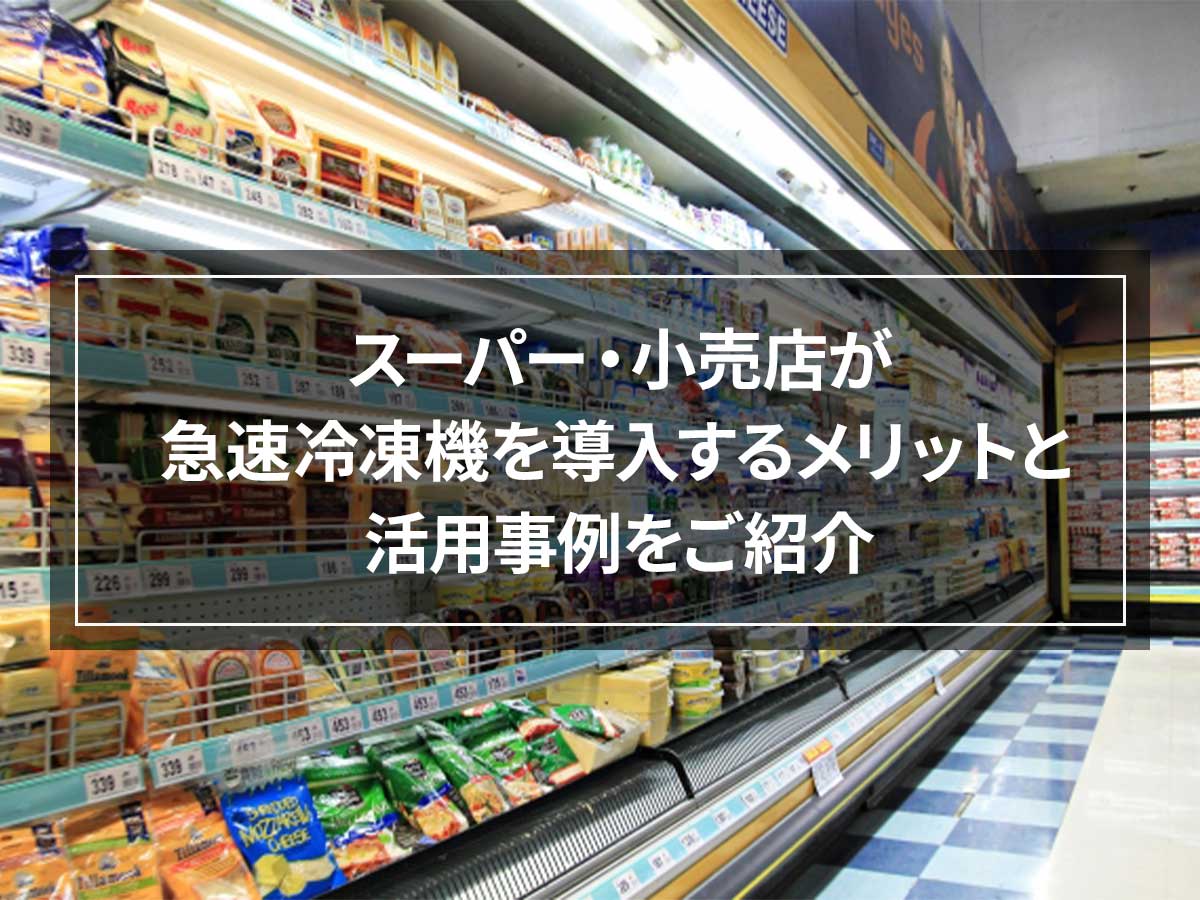
![[Can it be frozen? ] Introducing how to freeze ham and delicious recipes!](https://shunkashutou.com/wp-content/uploads/2023/09/867d7b924bf17d95bedba60a6503e00e.jpg)
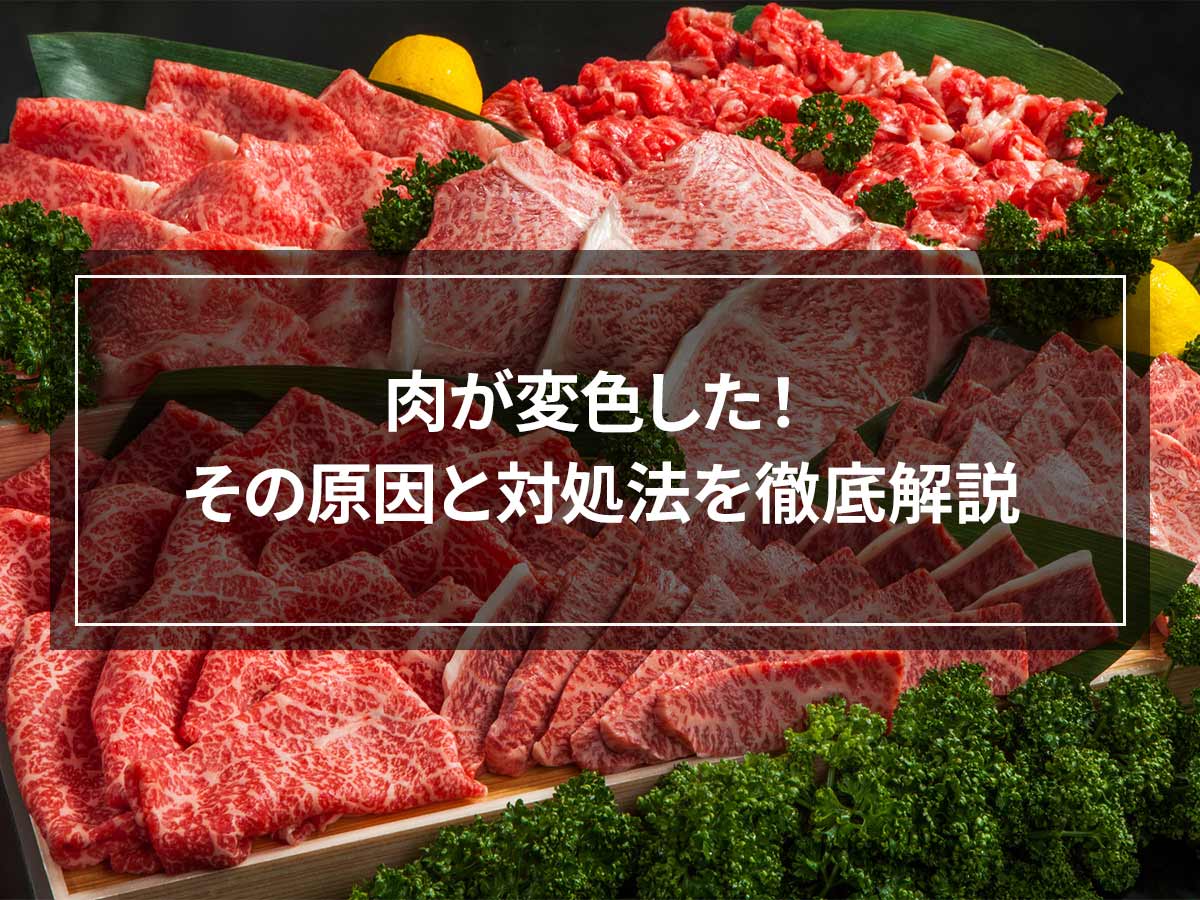
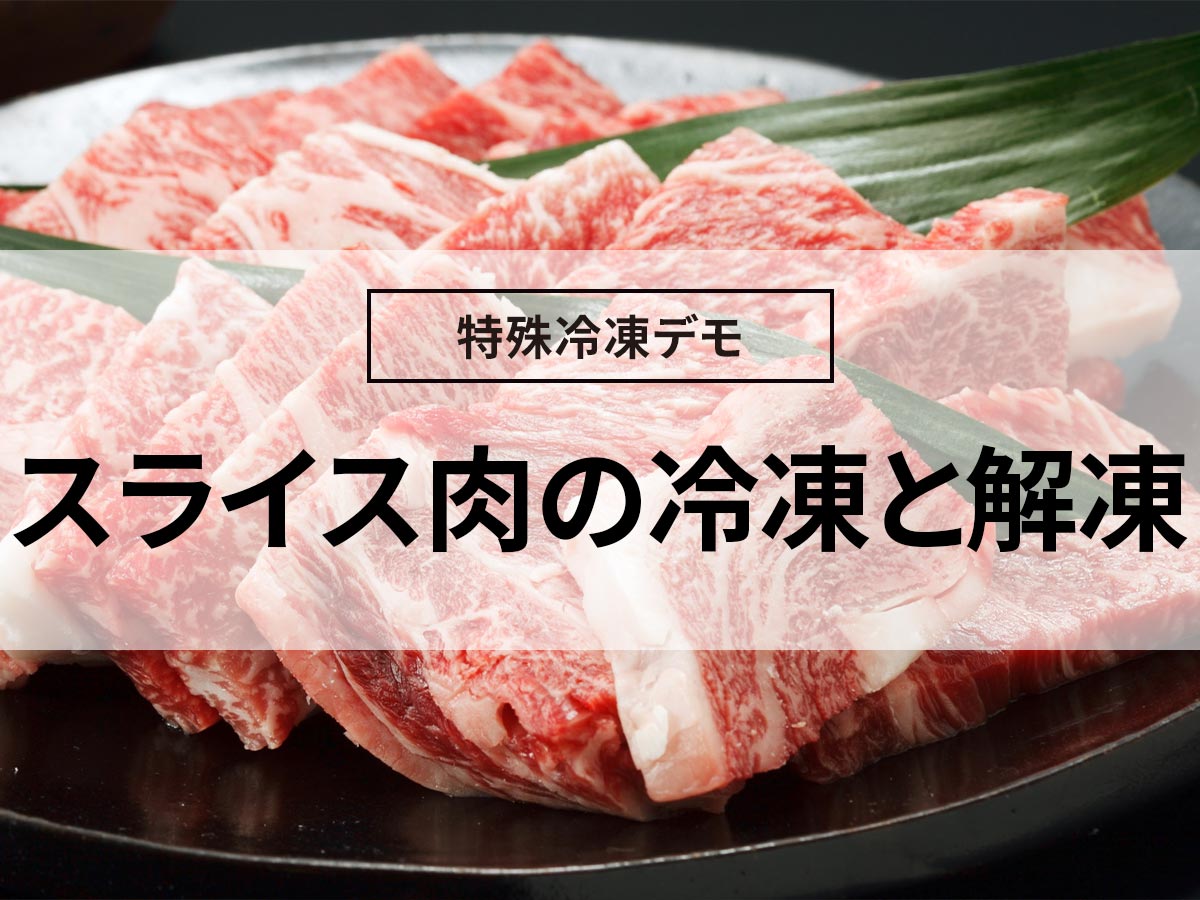
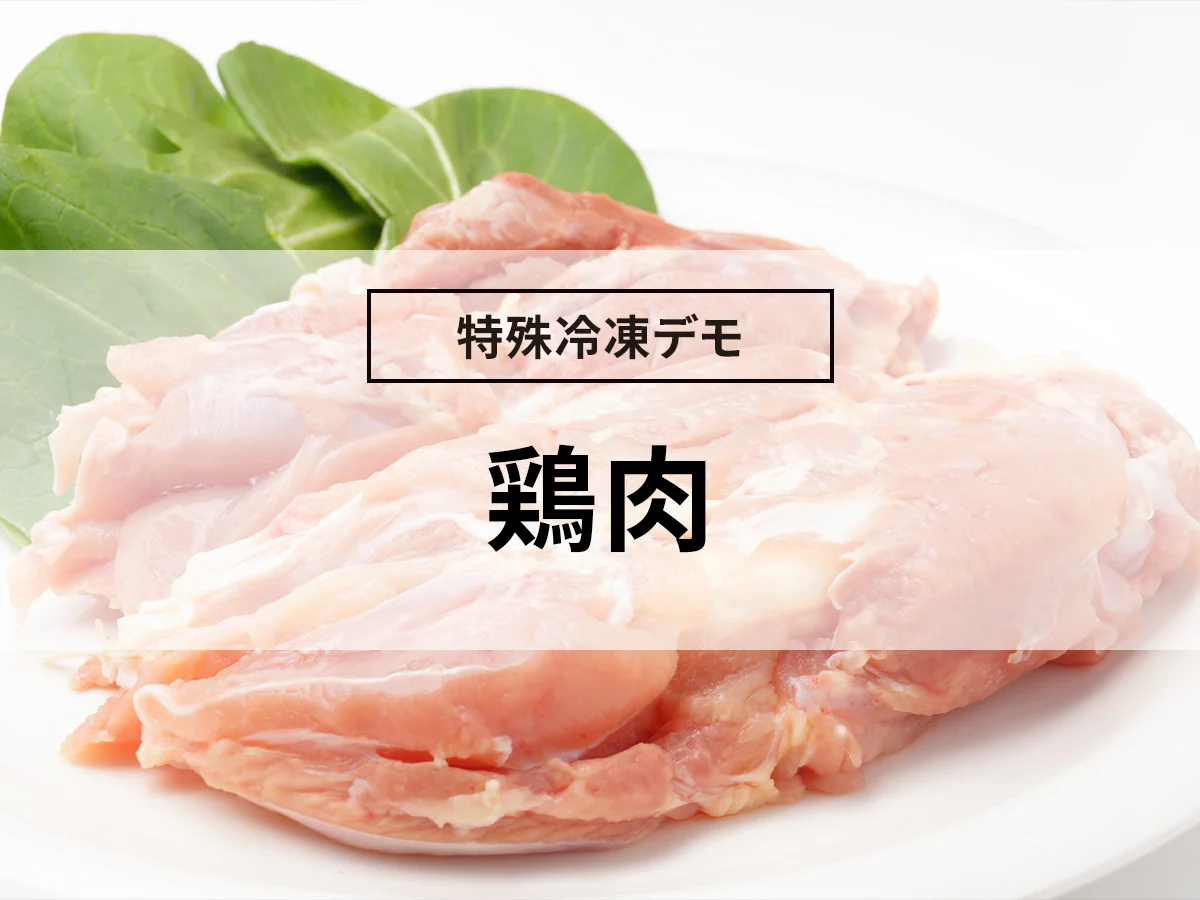
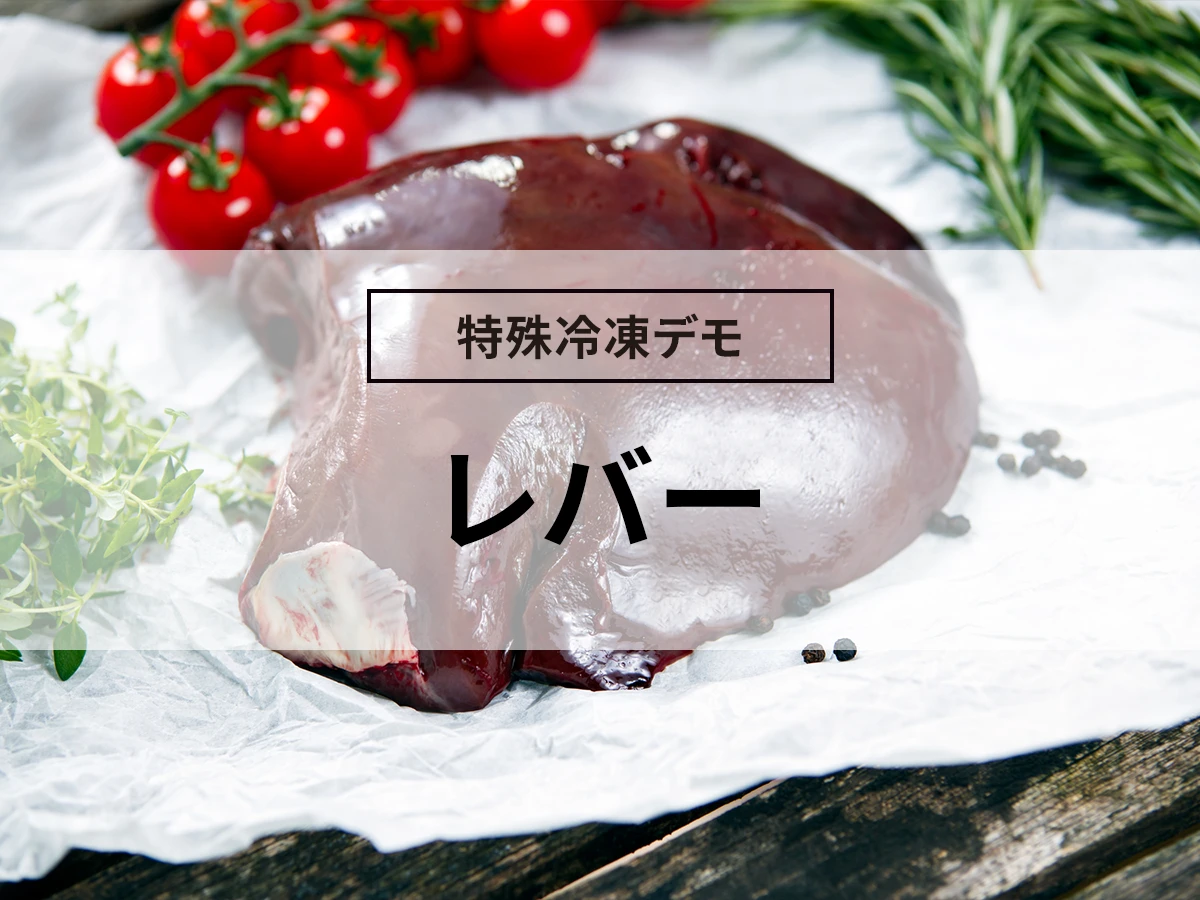
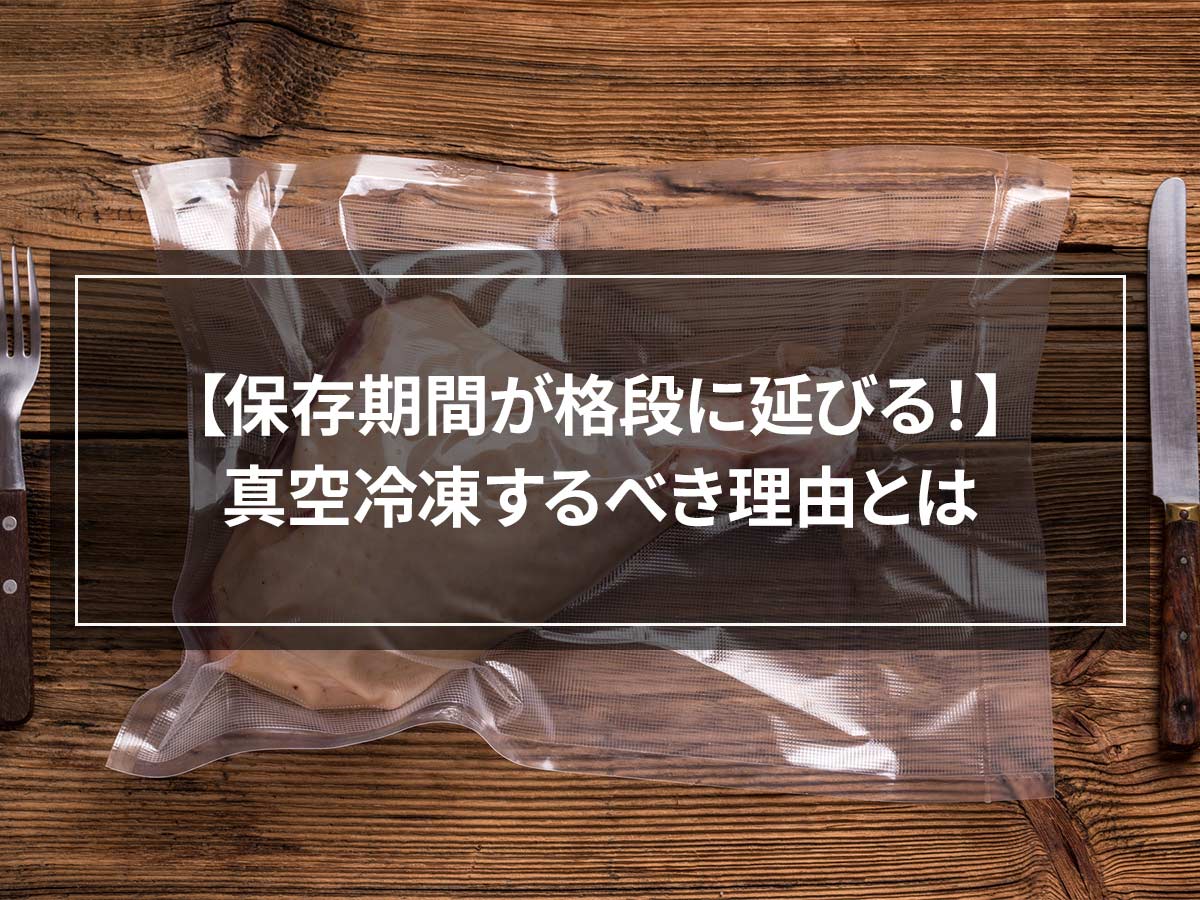
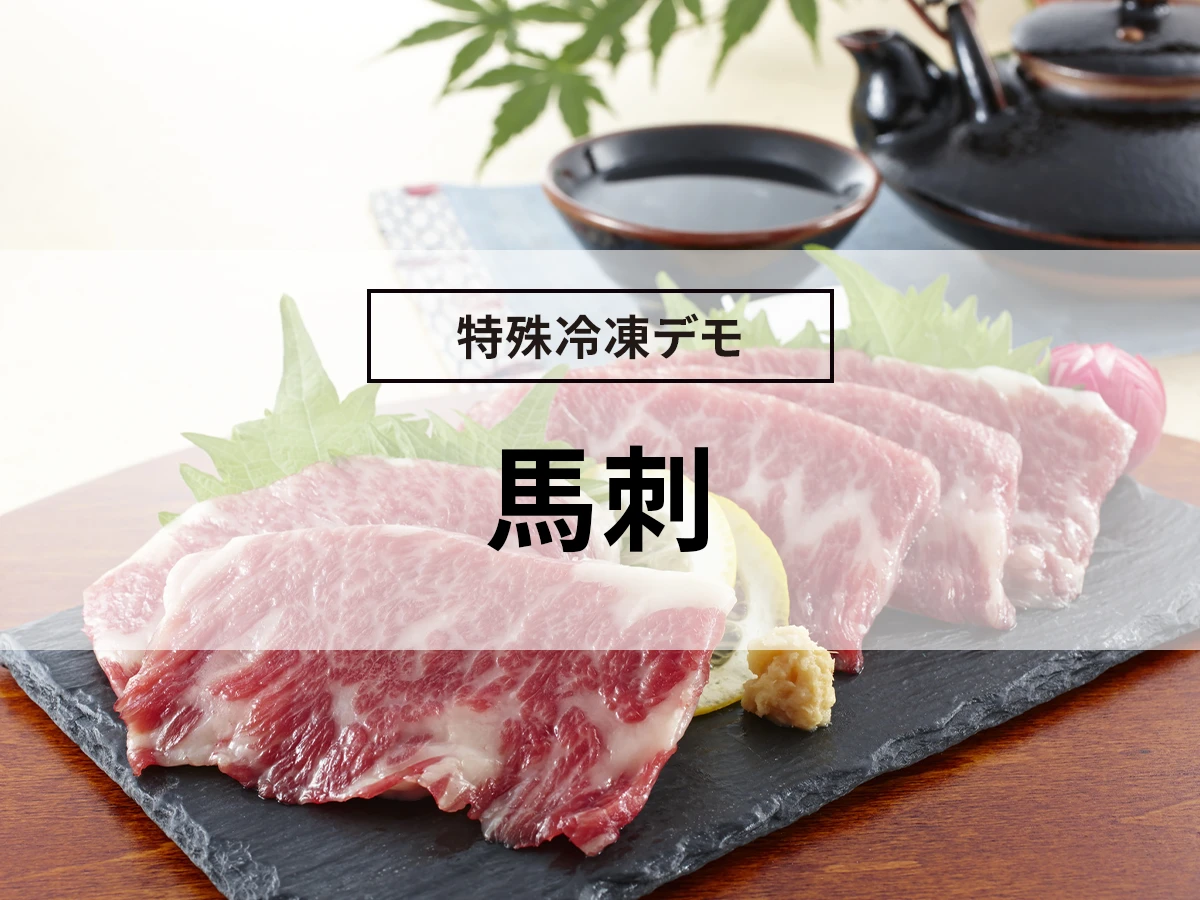
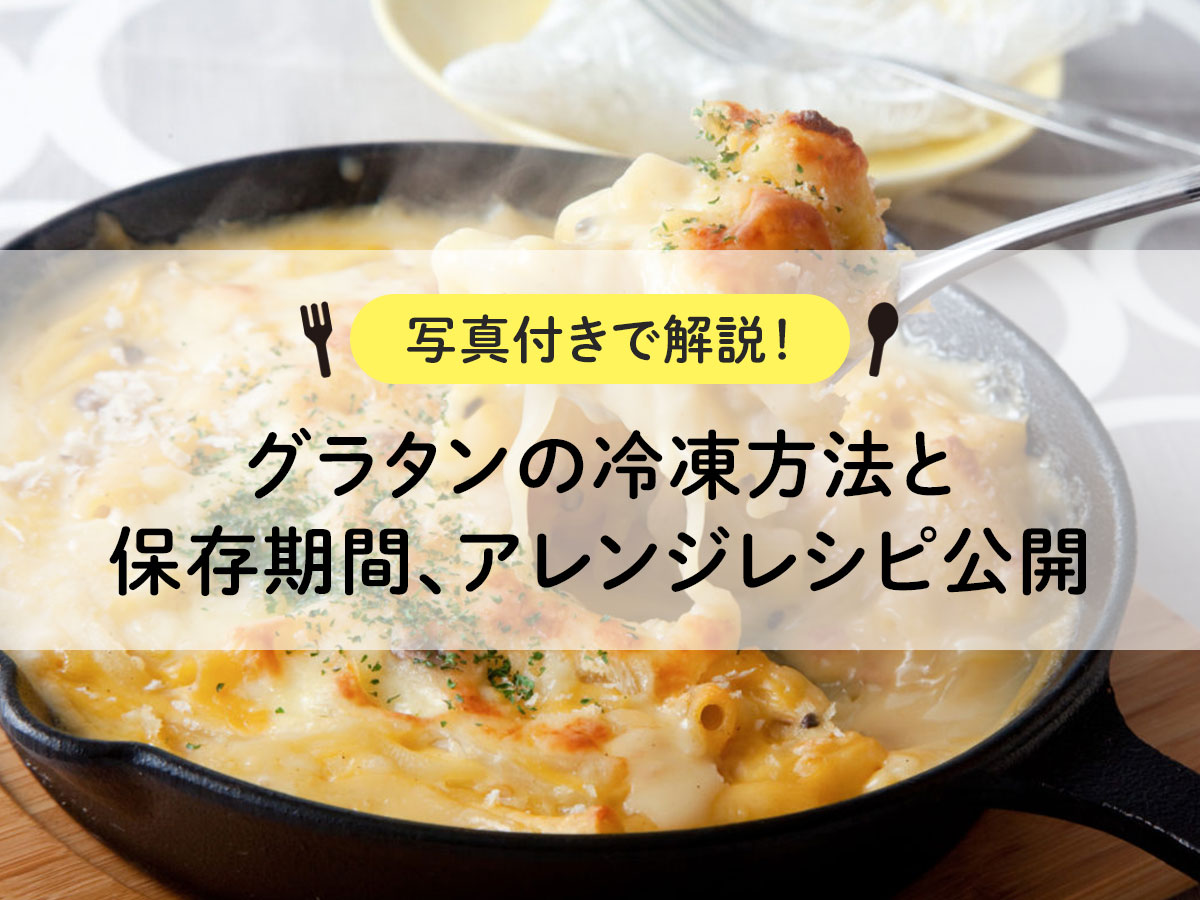
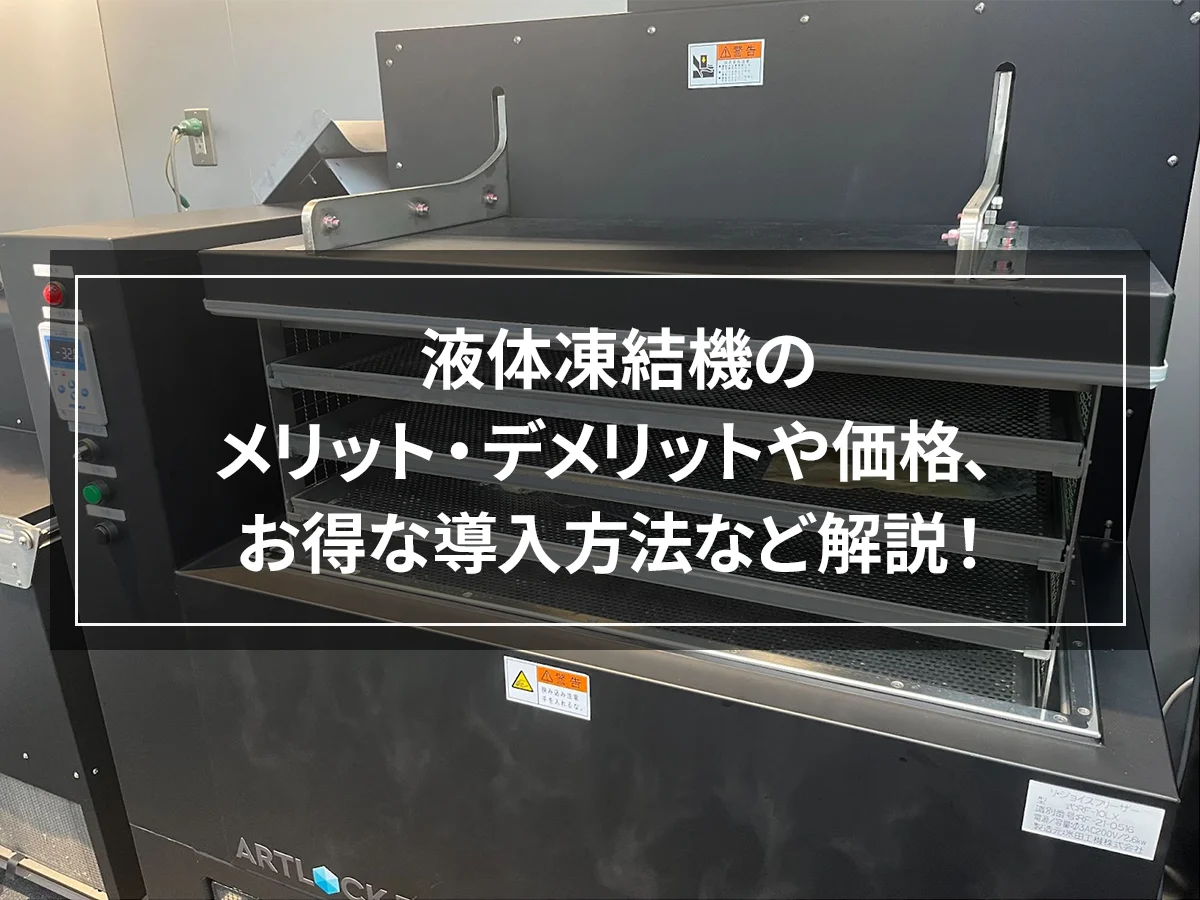
![[Distribute high quality mangoes! ] New frozen processing of mangoes using rapid freezing!](https://shunkashutou.com/wp-content/uploads/2016/05/4e9ff0df5721aa6f8fbdfae6d56ad787.jpg)
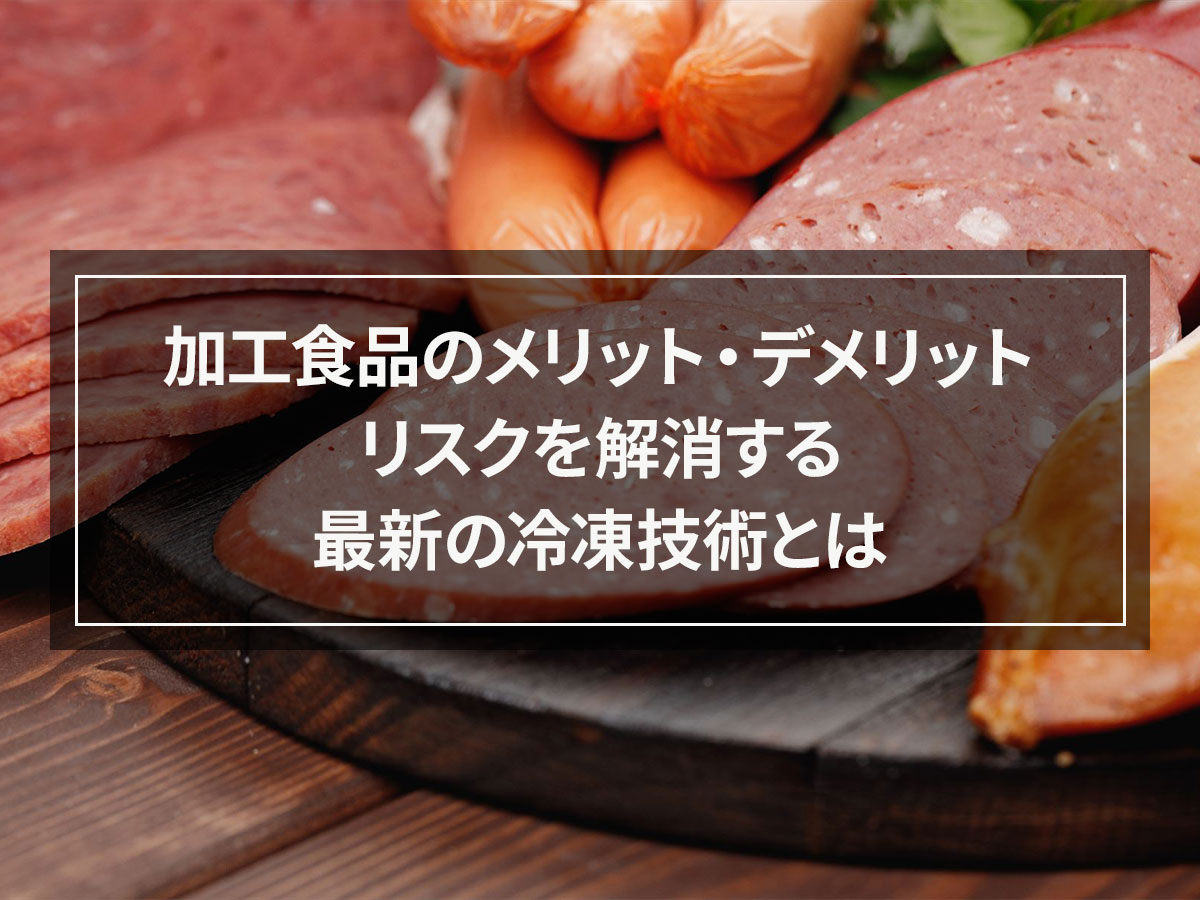
![[Rapid defrosting or slow defrosting] Unsure of which method? Read the complete guide on how to defrost](https://shunkashutou.com/wp-content/uploads/2024/04/ec8d0eb82bcecb5525574a8f72183a97.jpg)
![[Long-lasting freshness! ] Explaining the advantages and disadvantages of chilled storage and chilled transportation](https://shunkashutou.com/wp-content/uploads/2016/11/64b437bd976e4ef73a85dbb64cdf9fc8.jpg)
![[Shop for carefully selected fresh udon] 5 reasons why udon restaurants should introduce rapid freezing](https://shunkashutou.com/wp-content/uploads/2021/02/713146fd51058df15ccc18c6188c1407.jpg)

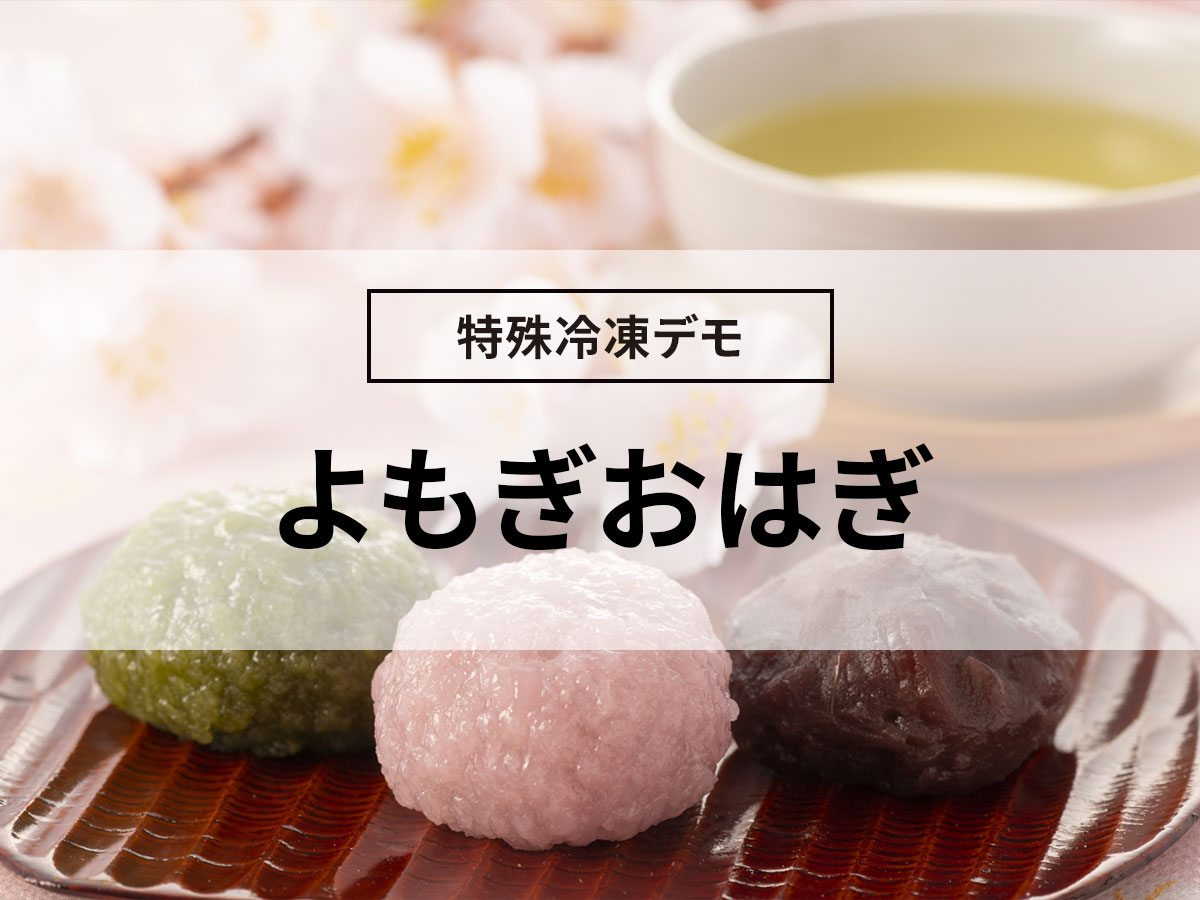
![Introducing recipes and methods for freezing and thawing bananas [Explanation with photos! ]](https://shunkashutou.com/wp-content/uploads/2023/07/494e7567627fb35e47ee5cb0e06e142c.jpg)
![[Osechi remake dishes too! ] Introducing the method and recipe for freezing black beans](https://shunkashutou.com/wp-content/uploads/2023/09/9bcd5b0667eef32b7c7daf786e01172f.jpg)
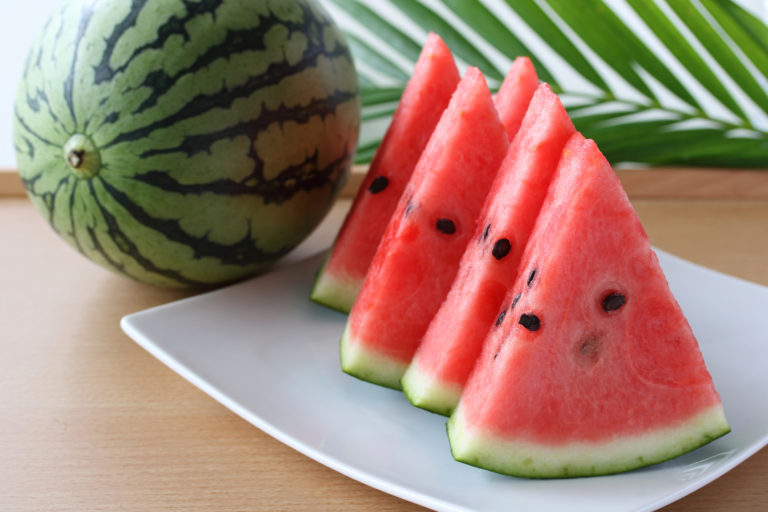
![[Easy thawing method] Low temperature thawing to lock in the deliciousness of meat](https://shunkashutou.com/wp-content/uploads/2015/06/899e71a518bbd73569bf085ff0accd61.jpg)
![[Explanation with photos] How to freeze salmon fillets, storage period, and 5 recipes](https://shunkashutou.com/wp-content/uploads/2023/10/fb96564ba06a8cc88a72f0c971ad54e5.jpg)
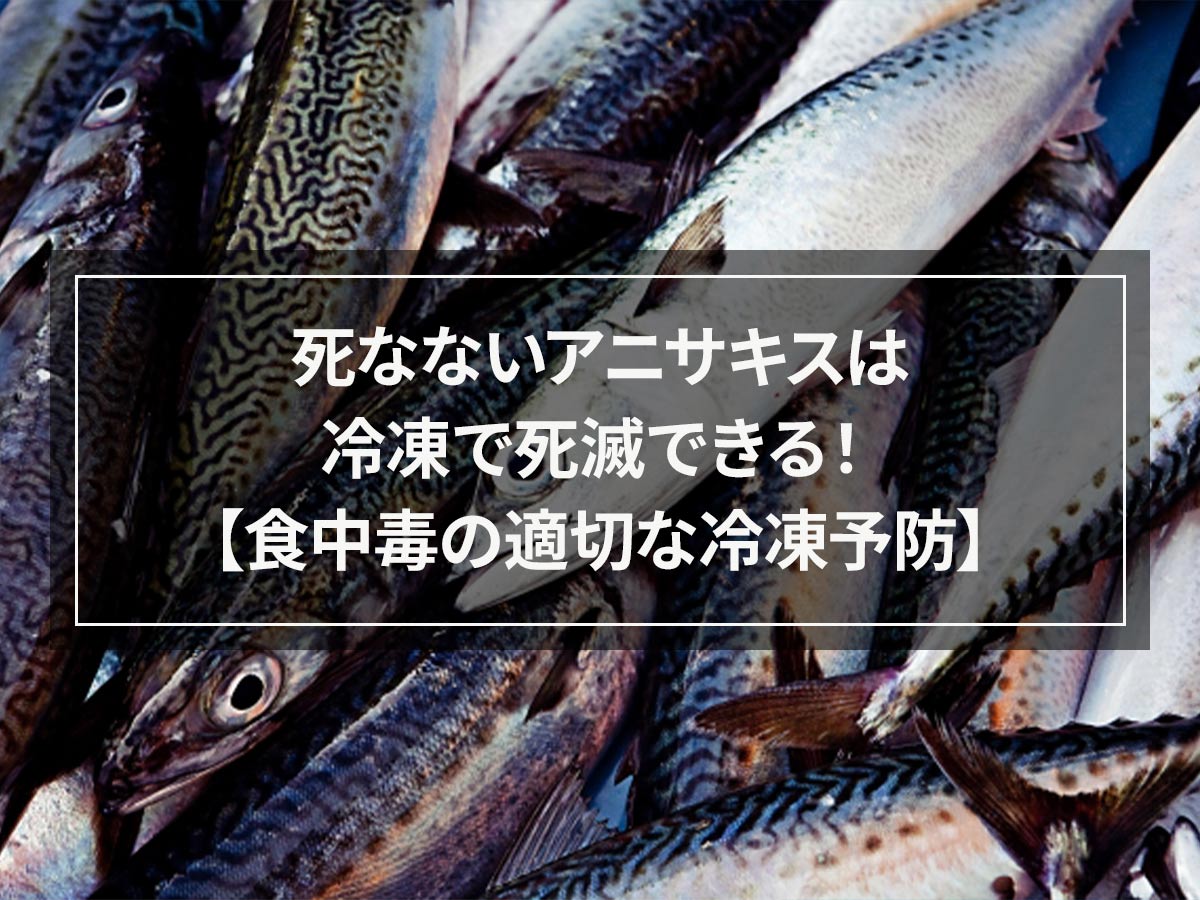
![[For vegetable processors] What is the blanching process that improves the quality of frozen vegetables?](https://shunkashutou.com/wp-content/uploads/2016/09/ad38a1a4c704bc39303ac1864f5b0b8d.jpg)
![[Recover the machine cost in about 1 year! ]Reduce loss of tiger puffer fish with rapid freezing!](https://shunkashutou.com/wp-content/uploads/2018/07/1772bacb83f79fbd476ca3d66c8f8281_s1.jpg)
![[Deliver delicious ham! ] Meat processing manufacturer’s rapid freezing implementation example](https://shunkashutou.com/wp-content/uploads/2016/02/0825c4a97ac8495fd2408a91574cede6.jpg)

![[Instant cooling at -196℃] What's up with cooling equipment that uses liquid nitrogen?](https://shunkashutou.com/wp-content/uploads/2015/07/4b219d54bd662f10cbae6ea211f612dd.jpg)
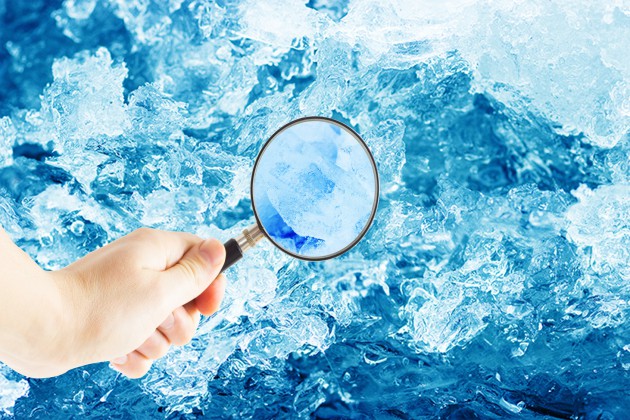
![[Bringing fresh cakes nationwide] How to dramatically increase profits at a pastry shop?](https://shunkashutou.com/wp-content/uploads/2016/03/661ea3ee6264fab6520017622c656870.jpg)
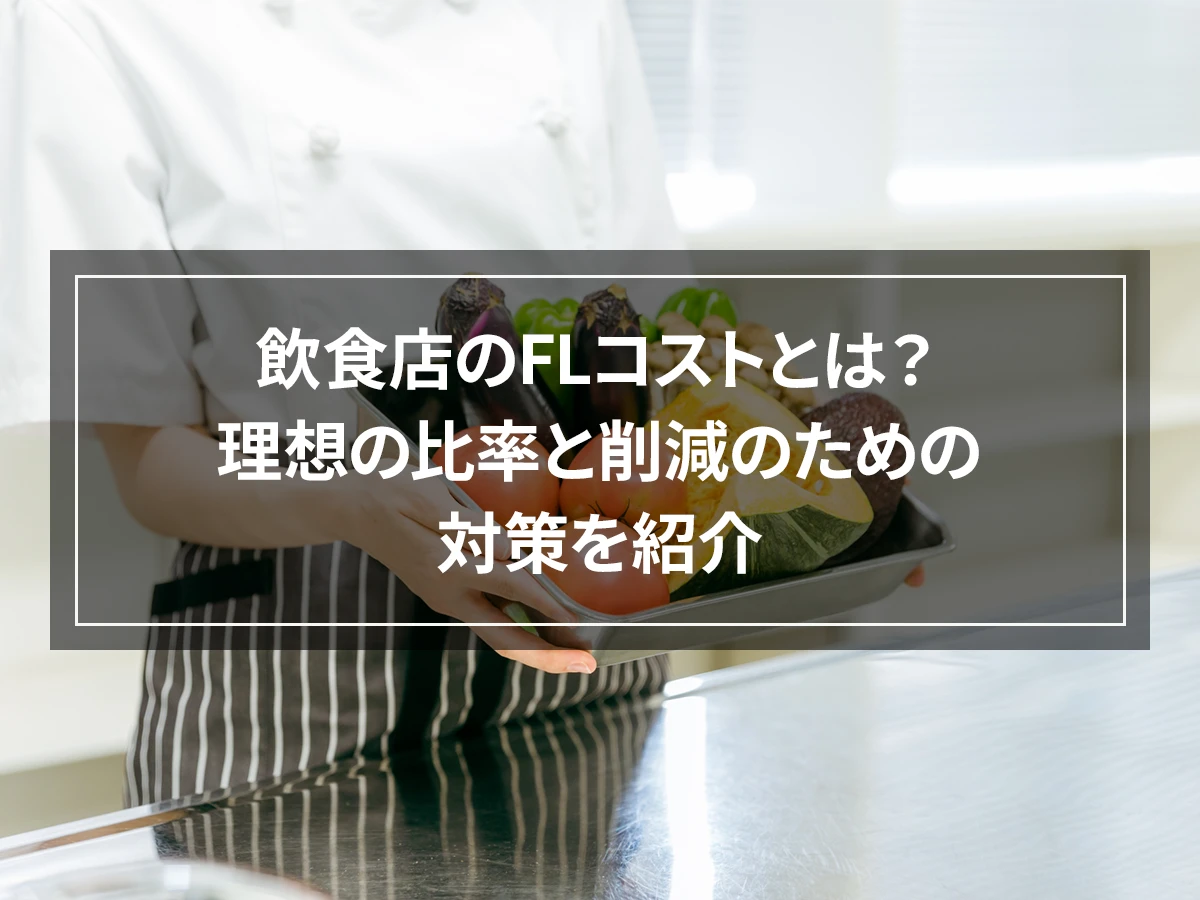
![[Required for Cook Chill System] How much does a blast chiller cost?](https://shunkashutou.com/wp-content/uploads/2015/11/fc29ddca3d7d1f8d53bf99518ce28fcf.jpg)
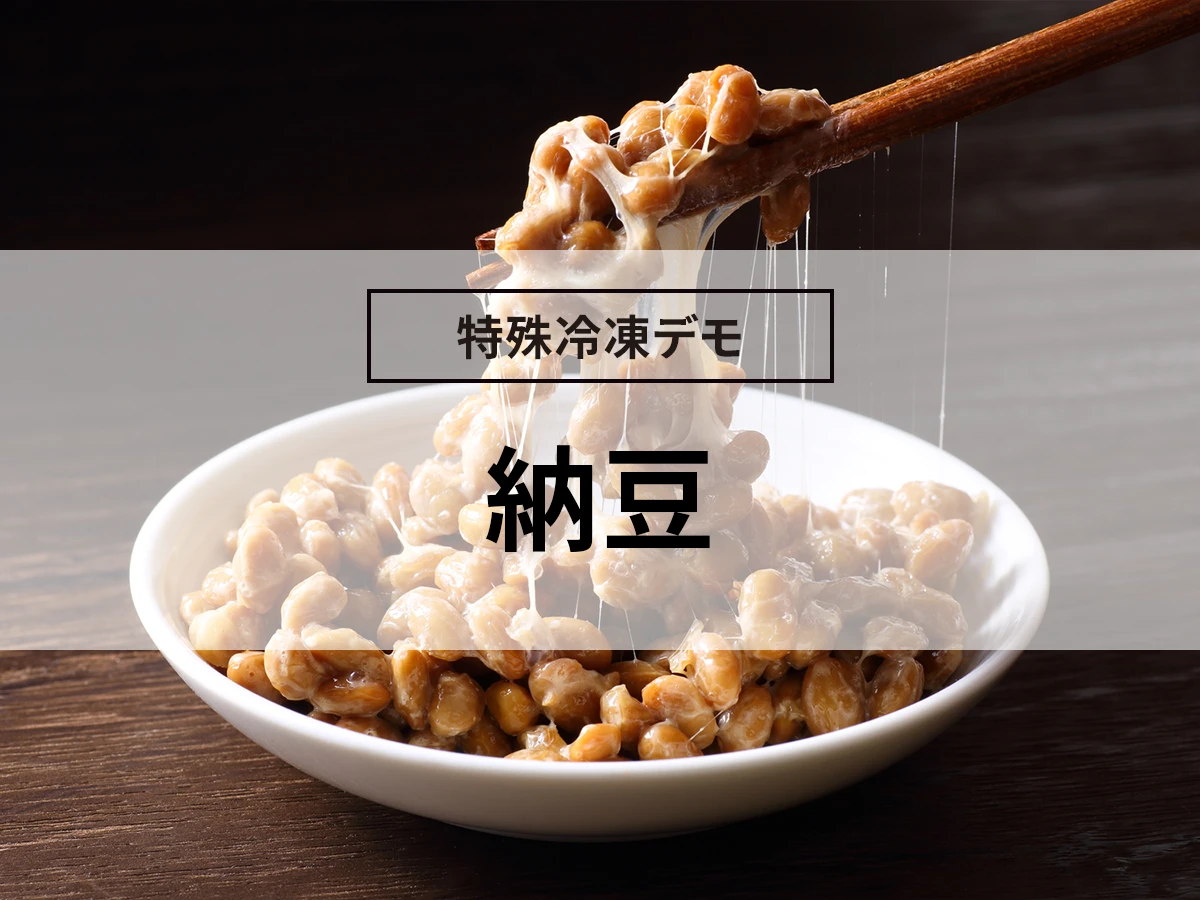
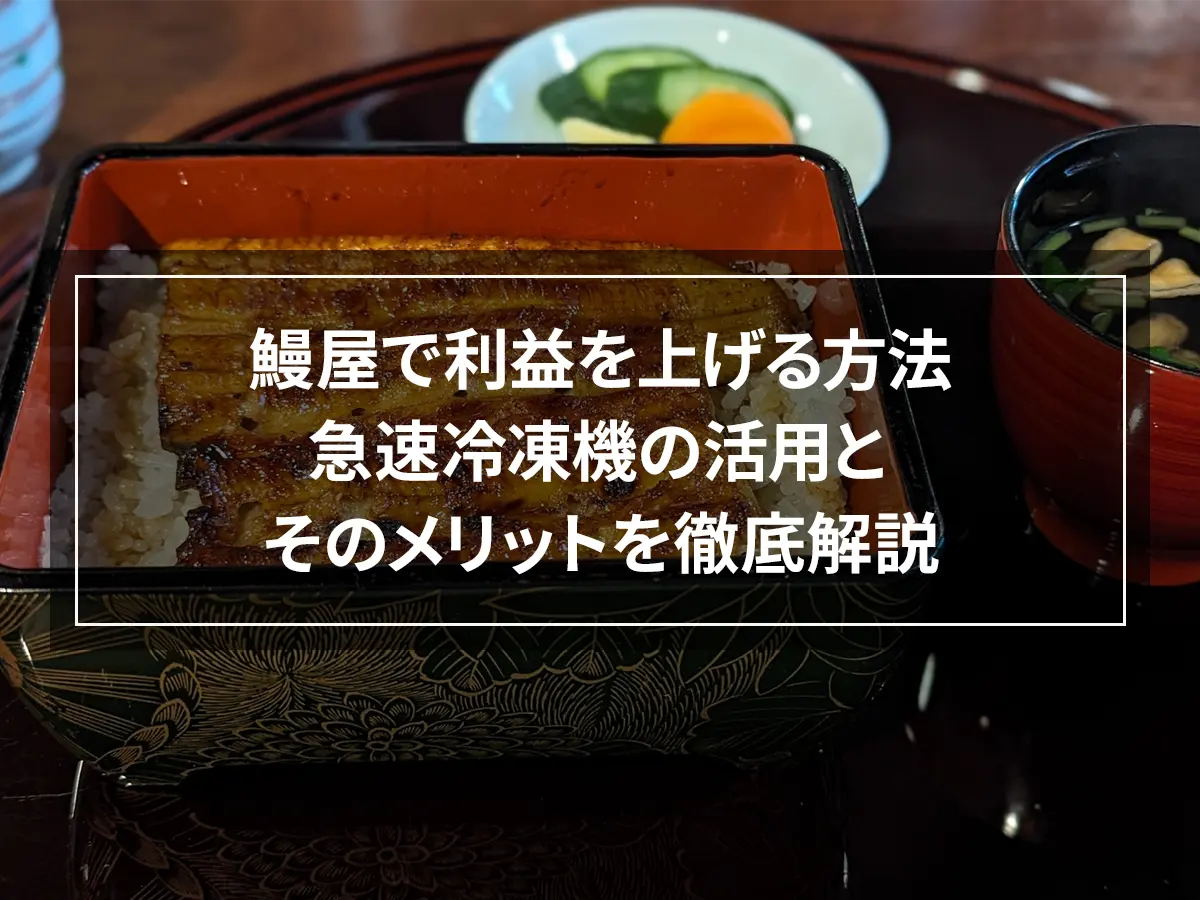
![[Successful example of rapid freezing] Efforts of Yuko Fisheries Cooperative and regional revitalization by women](https://shunkashutou.com/wp-content/uploads/2015/11/68950ce21415f187d34a8a1d5b48956a.jpg)
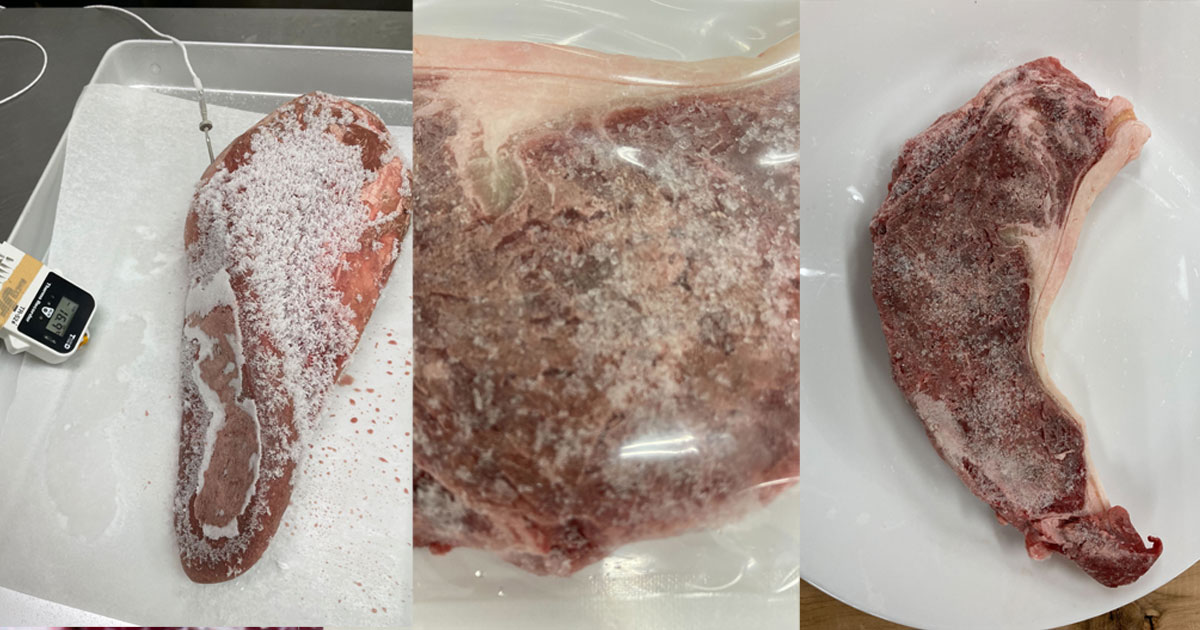
![How to freeze and thaw chestnuts, storage period, and 5 recipes! [Explanation with photos]](https://shunkashutou.com/wp-content/uploads/2023/09/c590a9e6fb16ed45fe2fdd32813de03b.jpg)
![[Need to know] 7 points to thaw frozen crab deliciously](https://shunkashutou.com/wp-content/uploads/2023/08/394440560c05fb5b512d75b81a3fae4f.jpg)
![[Explanation with photos! ] How to freeze beef, storage period, and 5 recipes!](https://shunkashutou.com/wp-content/uploads/2023/07/8717f2a867f52157bab47841b0f29019.jpg)
![[Can it be frozen? ] How to freeze konjac and diet recipes](https://shunkashutou.com/wp-content/uploads/2023/09/ec03b3e5cdefedf8f295de7ebb781752.jpg)




